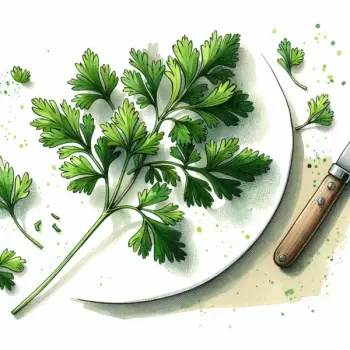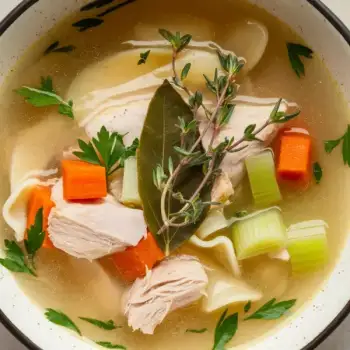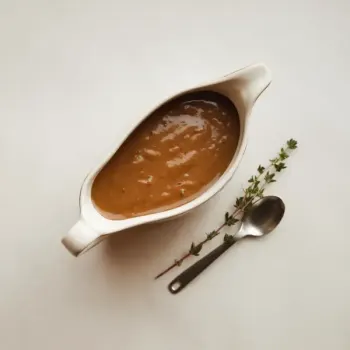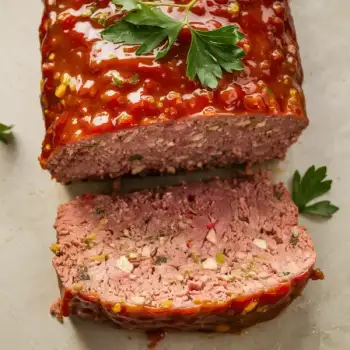






dried parsley: McCormick
fresh parsley: Gourmet Garden
canned parsley: Roland
frozen parsley: Daregal
ground parsley: Simply Organic
jarred parsley: Sanniti

Chopping: Chopping parsley is the most common way to prepare it for cooking. Use a sharp knife and a chopping board to finely chop the leaves. This releases the essential oils and maximizes the flavor.
Infusing: Parsley can be infused in oil or butter to create a flavorful base for cooking. Simply simmer the parsley in oil or butter over low heat until the flavors are well combined.
Blanching: Blanching parsley can help to preserve its bright green color and fresh flavor. Simply immerse the parsley in boiling water for a few seconds, then immediately transfer it to ice water to stop the cooking process.













